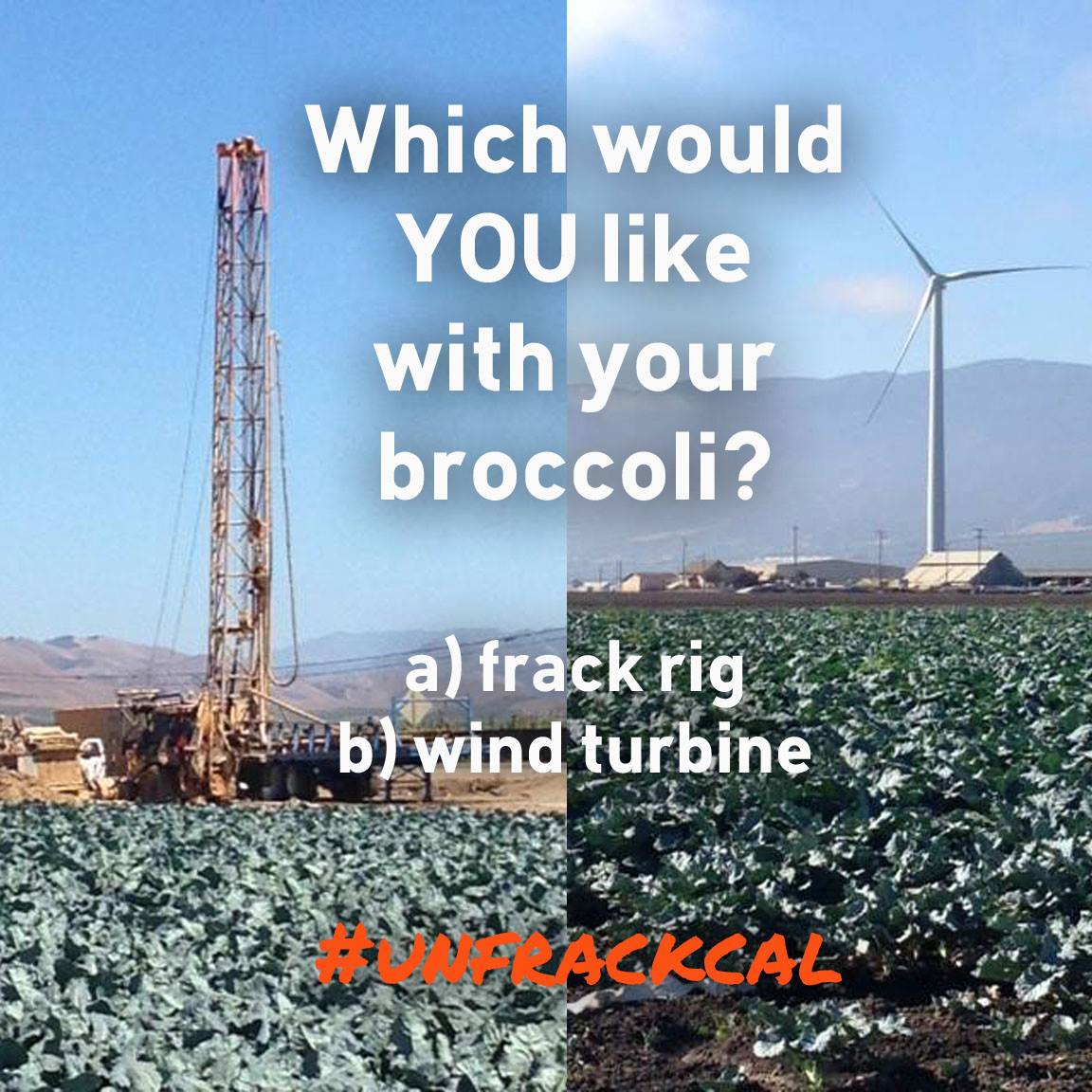
Carbon pollution is being dumped into our atmosphere at unprecedented and unregulated rates.
And it’s costing us. We’re paying in dollars, in lives, in jobs, in lifestyles—truly in every way imaginable.
If carbon pollution continues unchecked, my grandchildren face a future of extreme weather, worsening health, food insecurity, and a bleak economy. I refuse to sacrifice their future when clean, renewable alternatives are readily available.
And people all around the world are getting it—they refuse to look the other way. The move to a clean energy future is inevitable. That’s why renewable energy is inevitable.
The good news: Renewable energy is inevitable.
Here are four reasons why…
1. Declining Cost of Clean Technology: Clean Energy is no longer just a dream for the future—it has become viable, accessible and affordable. The following chart illustrates the dramatic drop in the price of silicon photovoltaic cells what we have witnessed in just a few decades. The same is happening with other sources of renewable energy.

“We are witnessing a profound transition to clean renewable sources of energy,” says Al Gore in hour one of 24 Reasons for Hope (Climate Reality Project) aired in September of 2014.
More than ever before, people are freeing themselves of their dependence on costly and dirty fossil fuels and they’re beginning to use electricity that is both cheaper and cleaner to power their lives. The costs of wind energy and solar energy are plummeting at the same time the cost of energy from fossil fuels is going up.
24 Reasons for Hope (Hour One) and Why Renewables are Inevitable
2. Investment in Clean Energy Technology: The emerging clean energy economy is creating well-paying jobs for people of all skill levels and educational backgrounds. As recently reported in Forbes,
Bank of America (BAC) announced a $10 billion initiative to speed up investment in clean energy, U.N. climate leaders announced a public-private partnership to mobilize more than $200 billion in clean energy financing globally, and New York proposed a $5 billion clean energy fund that could replace the city’s soon-to-expire renewable-energy and efficiency mandates.
According to the Global Trends in Renewable Energy Investment 2014 publication,
In 2013, renewable energy (excluding large hydro) comprised 41.3 percent of new electric capacity additions and raised renewables’ share of the total electricity generation worldwide to 8.5 percent from 7.8 percent in 2012 (see line graph below). Without this contribution, global energy-related CO2 emissions would have been 1.2 billion tons higher.

A recent Bloomberg News Energy Finance report shows that $5.1 trillion will be invested in renewable energy sources by 2030. Renewable power will account for 80 percent of the 5,000 gigawatts of new power generation capacity which will be added worldwide by 2030.

3. Carbon Bubble Theory: Warnings from high profile figures world-wide such as Bank of England Governor Mark Carney are clear. “The vast majority of reserves are unburnable if global temperature rises are to be limited to below 2C”, said Carney at a World Bank seminar. Carney also warns “that fossil fuel assets, such as coal, oil and gas, could be significantly devalued if a global deal to tackle climate change is reached.” More from theguardian.com article:
The movement has gained traction in recent weeks, with the World Bank leading an initiative with 73 national governments, 11 regional governments, and more than 1,000 businesses and investors to build support for a global price on carbon emissions.
4. Divestment of fossil-fuel Investments: A Global Invest-Divest Coalition of more than 160 institutions and local governments, as well as more than 500 individuals, together have pledged to divest $50bn from fossil fuel investments within the next three to five years and to reinvest in new clean energy sources.
The movement to divest from fossil fuel companies began with universities, but religious institutions around the world have also joined the divestment movement—Australia, New Zealand, Sweden.

All around the world, more and more homes and companies are turning to renewables to power their lives and businesses. Why? The drive to cut carbon pollution is one factor, but market forces are another. Year after year, the costs of wind and solar keep plummeting, making it cheaper and easier to dump dirty fossil fuels than at any point in history.
Bonus:
Listen to my Green Divas Green Dude podcast segment—I chat climate change and grandparenthood with Green Diva Meg.
[dynamic-sidebar id=’Custom Widget 2′]
Pingback: Renewable Energy? It’s Inevitable (4 reas...